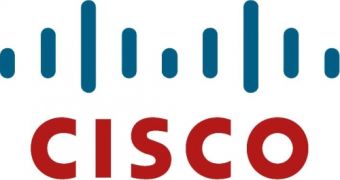Networking expert Cisco Systems has started promoting its new networking switch, the Nexus, that is alleged to be the first component of the Data Center 3.0 architecture. At the same time, the new product is a refurbished version of Cisco's Catalyst 6500, one of the company's sweetheart products.
The new Nexus is pitched at the enterprise data center sector where additional interfaces are made available by stacking new blades. The Catalyst 6500 is more than a switch: it can act like a firewall, a load balancer, or a router; its functionality depends on which blades are pulled in at the respective time. However, the Nexus is built for a single purpose: virtualization.
The Nexus switch tries to virtualize the network interface cards and cables that link servers with the network and with the attached storage. Moreover, the device attempts to join them into a single device, while virtual servers connect through their virtual interface cards.
This is a long term investment for Cisco, since the replaced Catalyst 6500 squeezed quite some revenue since it was first released on the market. The company cashed $20 billion thanks to it and has even greater plans for the Nexus.
However, the competition is getting tighter, as virtualization attracts more and more platers. Brocade launched early last week a new DCX Backbone, a switch that directly competes with Cisco's Nexus. However, there is a difference in the two companies tackling the physical layer aspect, which makes their products similar, and, at the same time, unique.
Cisco is based on Ethernet products, such as routers, while Brocade uses the Fibre Channel approach to physically interconnect servers. The later estimates that it will also migrate to Ethernet, but not as long as Fibre Channel seems to be more reliable.
However, choosing the right product for a specific business takes some planning. Both Cisco and Brocade products are still under development and are somewhat crippled in functionality. Cisco's products can work with both Ethernet and Fibre standards but not at the maximum capacity, while Brocade will be able to use its Ethernet links later this year.

 14 DAY TRIAL //
14 DAY TRIAL //